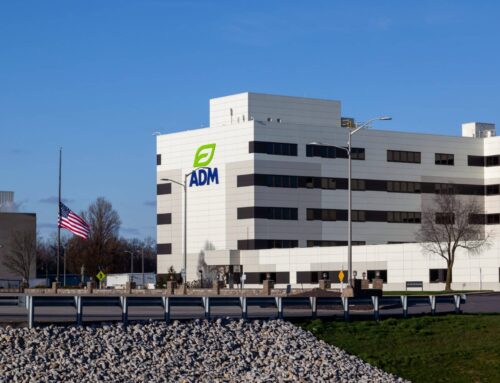|
FOR IMMEDIATE RELEASE
CONTACTS: WHITE HOUSE BUDGET PROPOSES SPENDING MORE ON SMALL MODULAR REACTORS, WINNER OF 2013 “GOLDEN FLEECE AWARD” Even Before Administration’s Budget: $100 Million in “Mini Nuke” Corporate Welfare Already Doled Out, Today’s Announcement Continues Commitment to Half Billion Dollars in Subsidies WASHINGTON, D.C.///April 10, 2013///Less than six weeks after the nonpartisan group Taxpayers for Common Sense (TCS) handed out its latest “Golden Fleece Award” to the Department of Energy for committing more than half a billion dollars in corporate welfare for the development and licensing of “small modular reactors” (SMRs), the White House today announced that it wanted to continue down this wasteful track by providing $70 million to SMRs in its Fiscal Year 2014 budget proposal, plus additional research and development funds. For ongoing budget analysis on this and many other provisions included in the White House budget, visit www.taxpayer.net. Ryan Alexander, president, Taxpayers for Common Sense, said: “This is supposed to be a time of great austerity in Washington. We cannot afford to pile more market-distorting subsidies to profitable companies on top of the billions of dollars in subsidies we already give to nuclear power. If the industry believes in small modular reactors and a reactor in every backyard, that’s wonderful … but don’t expect the taxpayer to pick up the tab.” As Taxpayers for Common Sense noted in February, the federal government already paid for a version of SMR R&D when small reactors were designed for the U.S. Navy’s nuclear submarine fleet. Now some highly profitable companies – including Babcock & Wilcox, Westinghouse, Holtec International, and Fluor Corporation – are at the federal trough for another round of federal support for small modular reactors that could go into suburban American neighborhoods. Prior to the unveiling of the President’s budget, the Department of Energy had already provided nearly $100 million for these so-called mini reactors while their commercial viability remains in question. In addition, DOE has committed up to $452 million over the next five years in an attempt to commercialize up to two separate SMR projects by 2022. In March 2013, the Department of Energy announced a second funding opportunity for SMRs as part of the $452 million commitment. The second funding opportunity intends to support the commercialization of one additional SMR project as late as 2027. In making the Golden Fleece Award, Taxpayers for Common Sense highlighted the following issues:
Titled “Taxpayer Subsidies for Small Modular Reactors,” a related TCS background report is available online at www.taxpayer.net. ABOUT TCS AND THE AWARD Taxpayers for Common Sense is a 501(c)(3) non-partisan budget watchdog serving as an independent voice for American taxpayers. The mission of TCS is to achieve a government that spends taxpayer dollars responsibly and operates within its means. The organization works with individuals, policymakers, and the media to increase transparency, expose and eliminate wasteful and corrupt subsidies, earmarks, and corporate welfare, and hold decision makers accountable. The Golden Fleece Award was created in 1975 by the late Senator William Proxmire. It is intended to highlight instances of wasteful spending. After retirement, Sen. Proxmire served as Honorary Chairman of Taxpayers for Common Sense's Advisory Board and passed the mantle of the Golden Fleece to the organization in 2000. EDITOR’S NOTE: A streaming audio replay of a related February 27, 2013 news event is available on the Web at http://www.taxpayer.net. |
For our full analysis on this most recent recipient of the Golden Fleece: Taxpayer Subsidies for Small Modular Reactors











